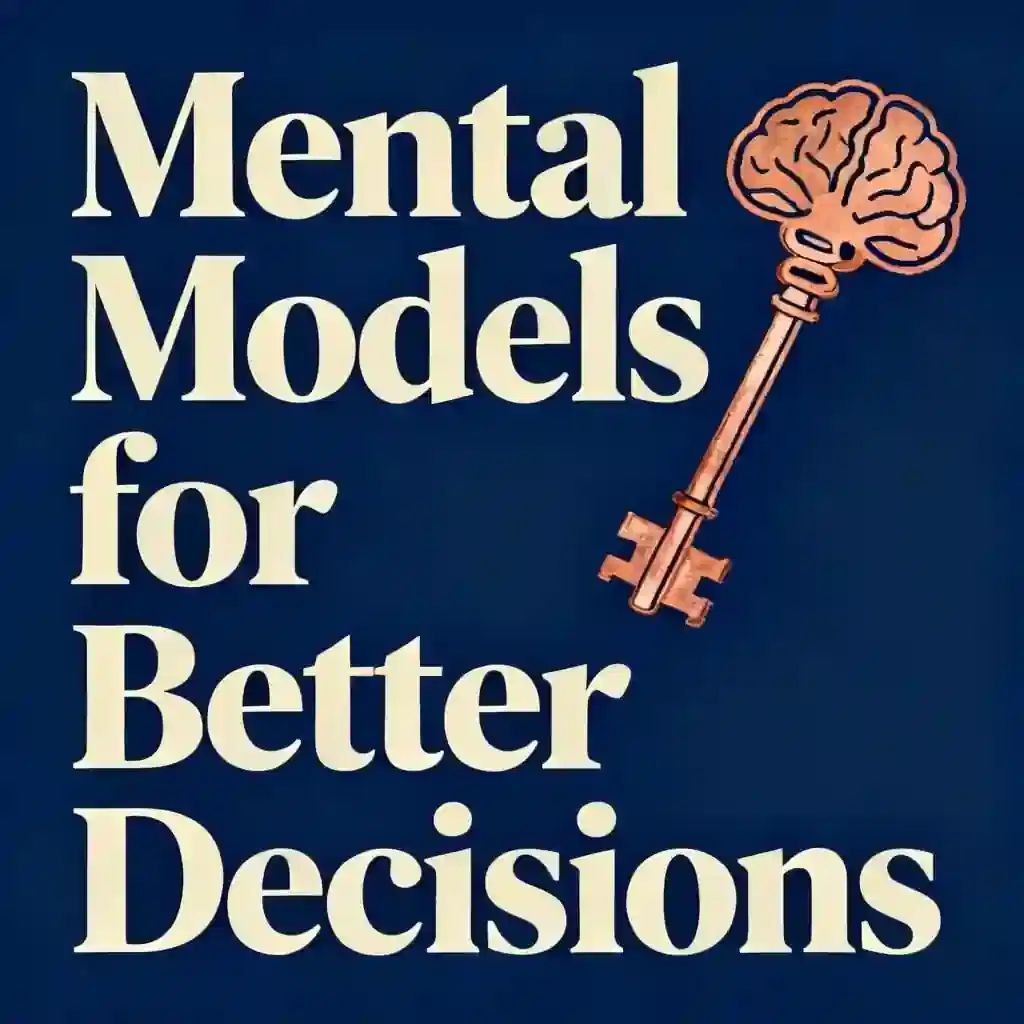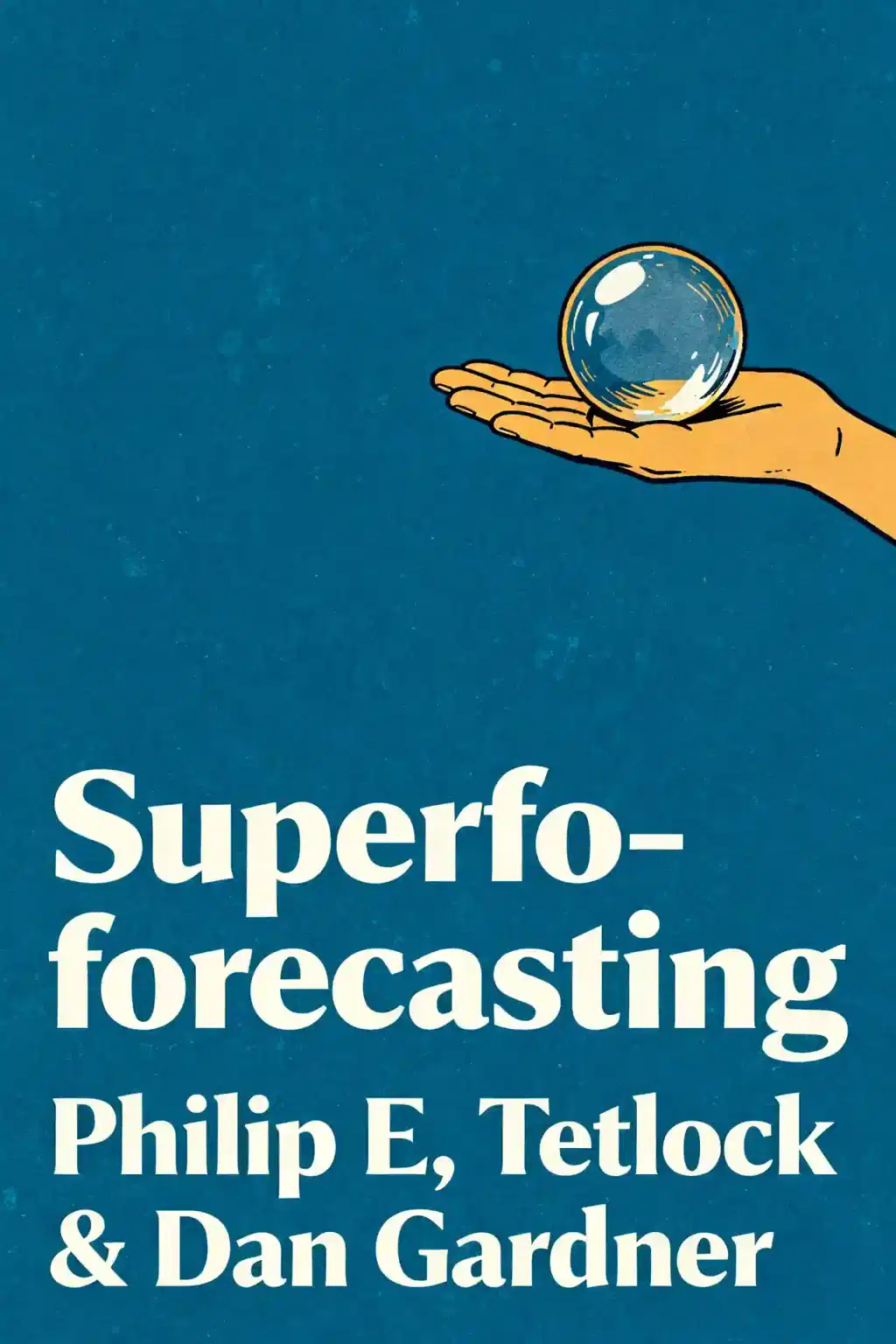
Clearer, Closer, Better by Emily Balcetis Summary
Overview of Clearer, Closer, Better
Discover how successful people literally see the world differently. Emily Balcetis reveals four visual tactics endorsed by Adam Grant that transform goal achievement. What if narrowing your focus could help you conquer challenges like Olympic champion Joan Benoit Samuelson did?
Similar books to Clearer, Closer, Better
Feel the book through the author's voice
Turn knowledge into engaging, example-rich insights
Capture key ideas in a flash for fast learning
Enjoy the book in a fun and engaging way
Key takeaways
Vision as Your Secret Weapon for Achievement
Have you ever noticed how some people seem to effortlessly achieve their goals while others struggle endlessly? The difference might be right before your eyes-literally. Our visual perception fundamentally shapes our ability to accomplish everything from fitness goals to financial security. This isn't just motivational fluff; it's backed by rigorous science showing how our eyes and brain work together to either support or sabotage our ambitions. Consider this: we can detect a single candle flame from thirty miles away in perfect darkness. Our eyes transfer data faster than most internet connections. We recognize familiar faces in just 1/76 of a second. Yet despite this remarkable power, vision can be misleading. Remember that viral image some people saw as a horse while others insisted was a seal? Both groups were looking at identical pixels but perceiving entirely different realities. When traditional motivation techniques fall short-as they often do-visual strategies can help us overcome mental hang-ups and perceived limitations. This insight transformed glass sculptor Dale Chihuly's career after accidents left him blind in one eye and unable to hold his glassblowing pipe. Rather than abandoning his art, he completely redesigned his approach, later saying his greatest success came from "learning to see things differently." Research confirms our perception of challenges affects performance more than our actual capabilities. By understanding how vision influences our perception, we can harness this power to transform seemingly impossible goals into achievable ones.
Finding the Perfect Challenge Level
Perception Shapes Physical Reality
Creating Your Complete Success Blueprint
Tracking Progress Visually for Motivation
Framing Your Visual Field for Success
Widening Your Perspective for Better Decisions
Quick Summary Mode - Read or listen to Clearer, Closer, Better Summary in 9 Minutes
Break down key ideas from Clearer, Closer, Better into bite-sized takeaways to understand how innovative teams create, collaborate, and grow.
Flash Card Mode - Top 11 Insights from Clearer, Closer, Better in a Nutshell
Distill Clearer, Closer, Better into rapid-fire memory cues that highlight Pixar’s principles of candor, teamwork, and creative resilience.

Fun Mode - Clearer, Closer, Better Lessons Told Through 25-Min Stories
Experience Clearer, Closer, Better through vivid storytelling that turns Pixar’s innovation lessons into moments you’ll remember and apply.
Personalize Mode - Read or listen to Clearer, Closer, Better Summary in 0 Minutes
Ask anything, pick the voice, and co-create insights that truly resonate with you.

From Columbia University alumni built in San Francisco

Get the Clearer, Closer, Better summary as a free PDF or EPUB. Print it or read offline anytime.











